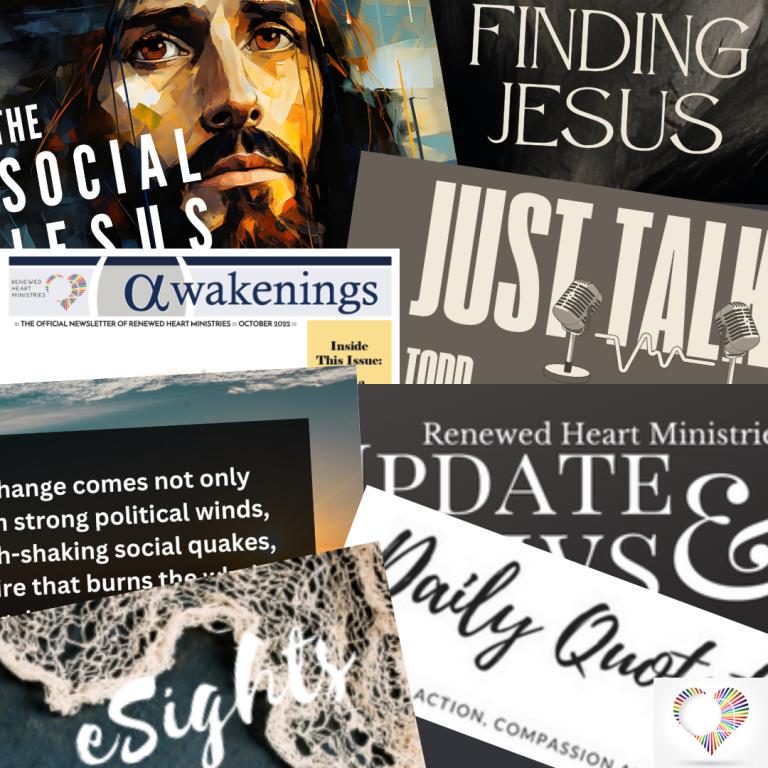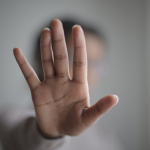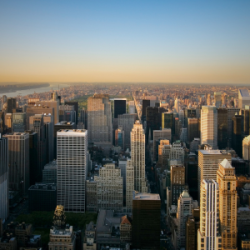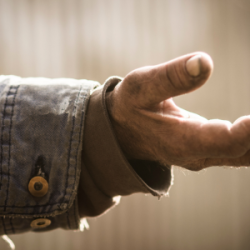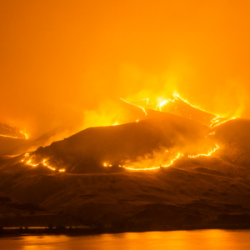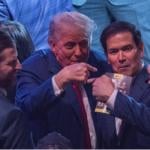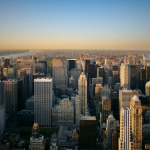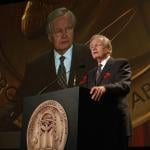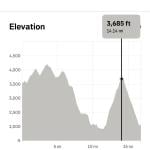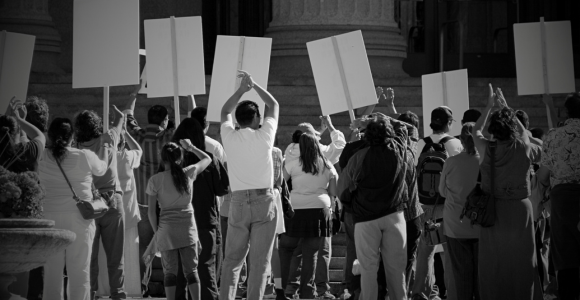
Part 2 of The Courage to Stand Up to Harm
Welcome Readers! Please subscribe to Social Jesus Here.
(Read this series from its beginning here.)
Standing Up to Injustice
His ultimate aim is to go to Jerusalem and stage his protest there. We who know the rest of the story know that Jesus did just that. He shows up at the Temple, flips the money tables in the courtyard, calls out those in power wielding harm, and, before the week is ended, the powerful and elite hang Jesus on a Roman cross.
Jesus also defines his activity in Herod’s region as “driving out demons and healing people.” If we sanitize or domesticate these activities, we will fail to understand why they would have provoked death threats from Herod and we will miss the meaning here entirely.
In the gospels, casting out demons is a coded way to speak to driving out Roman possession and oppression of the region and its inhabitants. In Mark, the name of the “demon” Jesus faced was Legion, the same name as the occupying, possessing Roman military unit in the area.
“Jesus asked him, ‘What is your name?’ ‘Legion,’ he replied.” (Luke 8:30)
Casting out demons meant exorcising Roman presence from Jewish societies.
This alone would make Herod’s death threats make sense. Liberating individuals from personal demons wouldn’t have even gotten Herod’s attention. But if Jesus was speaking out against Rome, this would have threatened Herod and his role and position with the empire. It would make Herod’s death threats make a lot of sense.
We must also see healing the people as more than physical. Jesus’ teaching was accompanied by healing for the people because his gospel of God’s just reign in the place of Rome’s was the undoing of the economic, political, social, and religious sickness Rome had brought to the masses in Galilee and Judea while enriching the elites at their expense.
Despite Herod’s threats, Jesus sets his sights on Jerusalem. He must take his gospel for the poor (Luke 4:18) to the very center of the system that is causing the harm. This reminds me of the saying about pulling people out of the river. If someone is drowning then by all means pull them out, but at some point you have to wander up stream and find out who keeps throwing all these people in the river to begin with! We must be about harm mitigation, but harm mitigation is not enough. Charity is not enough. At some point we must challenge the system that creates such a deep need for charity. This is the difference between feeding the poor, which is important, and asking why we have a system that creates poverty to begin with. That would not be simple bandaid solutions, but genuine systemic healing indeed.
Lastly, Jesus states that no prophet can die outside of Jerusalem. This statement alone gives us an idea of how far Jerusalem and her rulers had become enmeshed with Roman complicity in harm. Jerusalem had become known for silencing one way or another anyone who spoke out against the powerful: “Jerusalem, Jerusalem, you who kill the prophets and stone those sent to you” (Matt 23:37). As the powerful did to the prophets of old, so the powerful also silenced contemporary prophets of justice. Think of the beheading of John. Jesus was following closely behind in his trajectory. Again, it is helpful to think of Jerusalem politically, as the capital city of that region and not strictly religious. Yes, religion was involved, as it was in everything. But Jesus’ denouncement is not against Judaism as a religion but against the temple state’s participation with the harm Rome was committing against the populace, participation enriching powerful people in Jerusalem who would be faithful to Rome.
All of this causes me to consider those with the courage to speak out against harsh decisions and brutal acts being perpetrated in the name of government efficiency today. We’ll pick up with this in Part 3.
Are you receiving all of RHM’s free resources each week?
Begin each day being inspired toward love, compassion, justice and action. Free.
Sign up at HERE.
